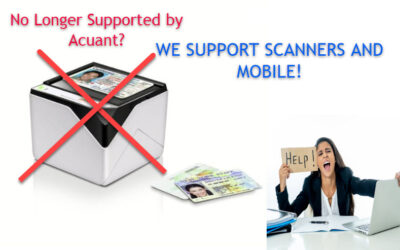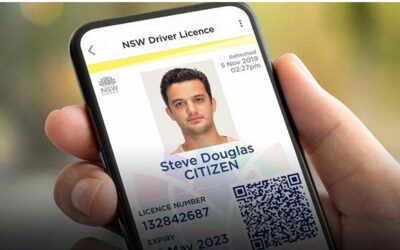Companies continually search for ways to streamline procedures, improve accuracy, and save time. And capturing data was once a time-consuming and labor-intensive process. Now paperless processes are taking over. Offices perform the same tasks in a fraction of the time. Find out the basics of a professional document capture (OCR) system and how it benefits businesses.
What a Professional Grade OCR System Can Do
Savvy corporate managers have already discovered what a professional grade OCR system can do and how it benefits overall operations. A robust system offers document classification, automated document capture – OCR, the ability to recognize low confidence characters, database lookups and comparisons (For example comparing member number in your database to a member number captured by the system, and unique data export capabilities (JSON, XML, CSV, ODBC and more). A good system can read or extract printed data, check boxes or even hand-printed data. Of course, handwriting is another topic which we will cover in future blogs. However, most forms are printed or hand-printed in industries such as healthcare, accounts payables, insurance, accounting, mortgage lenders, legal and more!
Types of Documents
A quality OCR system processes a wide variety of documents. Instead of filing papers manually, everything is at your fingertips. Common documents include invoices, packing slips, purchase orders, surveys, HCFA-1500s, UB-04, and UB-92. Others are students records, transcripts, mortgage loan packets, W-2 forms, tax forms, and claims forms. And there is a full range of customized solutions for specialty industries and forms. Another important trait of a system is its ability to take in documents from various sources. If you are investing in a system make sure that it can take in documents from sources such as an email server, hot folder (folder you designate on the network), fax server, EDI etc. A system that does not do this out of the box is simply not mature enough for a growing enterprise.
OCR Systems That Grow With Companies
OCR systems also grow with companies as they expand. The industry standard is a client-server distributed application that runs on local and global networks. And the system contains server components and processing stations. Some processing stations can run as unattended Windows Services. And they are frequently deployed on a server. Other stations run in User Interface mode as Windows .NET applications.
OCR Solutions Architecture
Our architecture is based on Microsoft .NET framework and a service-oriented architecture approach (SOA). And the communications layer is the secure Windows Communication Framework (WCF). The open Application Programming Interface (API) is .NET. And export connectors are built using C Sharp.
Discover the Three Levels of Automation
OCR systems have three levels of automation. The first is basic capture, which is commonly referred to as click capture. The second is basic capture with auto-find for self-learning. And then there is advanced capture, a fully-automated solution. Advanced capture extracts data and automatically places it in the right fields in your company’s database. It also support your business rules thus streamlining and greatly speeding up your company’s costly manual process.
The Types of OCR Recognition
Finally, consider the different type of OCR recognition. The system easily recognizes OCR- Optical Character Recognition, or machine print, and ICR, Intelligent Character Recognition known as handprint. OMR – Optical Mark Recognition or the ability to recognize if a check box is checked or “Marked”. In addition, a system must recognize barcodes, including 1D, 2D, and patch codes. A seasoned system will have the ability and flexibility to easily integrate or add an additional OCR software engine. In some cases one OCR engine will do well recognizing text while another will do better recognizing hand print. Our solutions can take both engines and optimize the two engines thus greatly increasing accuracy. A good system will work with other popular OCR/IMR/OMR engines which can easily be added at no additional cost and will not need more development time.
A professional grade OCR system helps companies reduce labor costs, achieve optimum accuracy, and process data faster. Work with an industry expert to find the right system for your business.
Thank you for reading our blog! How can we help you? Contact us today.




